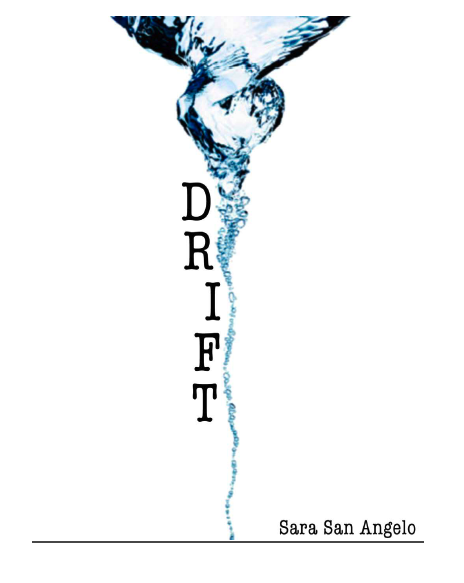
I even drive a battered green (-ish/blue) Toyota.
Because of this, the first page manages to hold me. However, if not for all of these familiar things, the first page would, I’m afraid, move too slowly.
Which is not to say I wasn’t interested enough to hop to page two looking for something to happen. That’s exactly what I did. But if the goal of a first page is to grab a reader, this one doesn’t quite succeed.
There is both beautiful (Rusty wire fences tangled with Wisteria) and vivid (the low Toyota bottoming out at each hole) imagery that draws the reader straight into Carrie’s car with her, among the dirt and weeds and rocks, and the final words of the opening paragraph—watching her house disappear in the rearview mirror—do hint at serious changes taking place, changes that can make a reader curious. What changes? Why is she leaving? Where is she going?
But the momentum gets lost somewhere in all the talk of the weather.
And this takes me out of the story, because now I’m wondering, Is the humidity important? It must be, because it’s the dominant focus of the first page of the novel. Why all this talk of the heat? Is she going to die of heat stroke?
Place is essential to a lot of fiction. It can help explain a character’s upbringing, mood, family life, religion, occupation, and general frame of mind.
Richard Russo, in Creating Fiction, writes this about place: “In the end, the only compelling reason to pay more attention to place, to exterior setting, is the belief, the faith, that place and its people are intertwined, that place is character, and that to know the rhythms, the textures, the feel of a place is to know more deeply and truly its people.”
And it could be that the south has a lot to do with who Carrie is and why she’s sitting in her car. It’s not place making an appearance on page one that poses a problem; rather, it’s that place becomes so prominent, and so obvious that it’s distracting.
A sprinkle of something here and a dash of something there to offer subtle place clues would have been more effective. Or, as Russo advises, describing place “selectively” so that it blends in with the story. So that it doesn’t become something akin to a movie’s establishing shots.
“…the deep sense of place that emerges … has more to do with life’s rhythms, where things are in relation to other things, whether the characters can walk there and how long that will take… We won’t be told that the cocktail shaker is pure silver; we’ll be told that it’s sweating in the lazy Sunday mid-morning sun,” Russo writes.
There is plenty of time for place to come through in the later pages of San Angelo’s novel. But what I, the reader, want to see on page one, what will grip me immediately and have me eager to read more, is what doesn’t come until the weather business ends nearly halfway into page two:
On the seat next to her, a 9mm pistol lay twinkling in the sun. She picked it up and felt the weight of it. It was heavy in her hands, solid. She put the barrel in her mouth and put a little pressure on the trigger. The cold metallic taste of steel stung her tongue. Her hands started to shake.
Now that’s first page material.
Get an Editorial Review | Get Amazon Sales & Reviews | Get Edited | Get Beta Readers | Enter the SPR Book Awards | Other Marketing Services






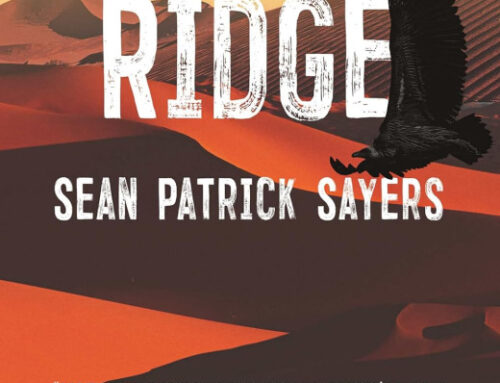
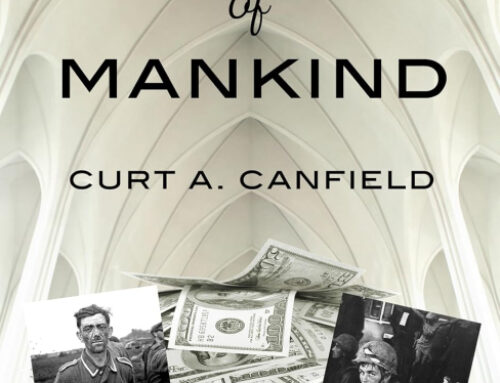
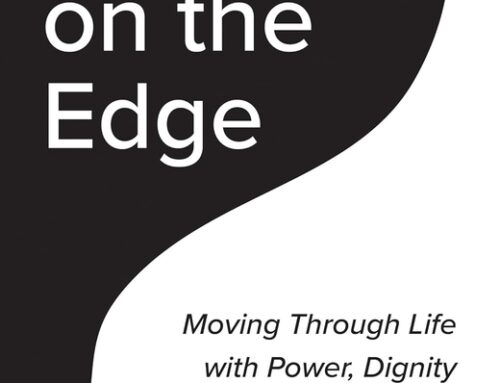








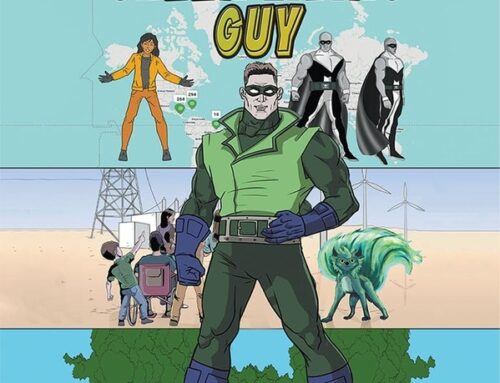




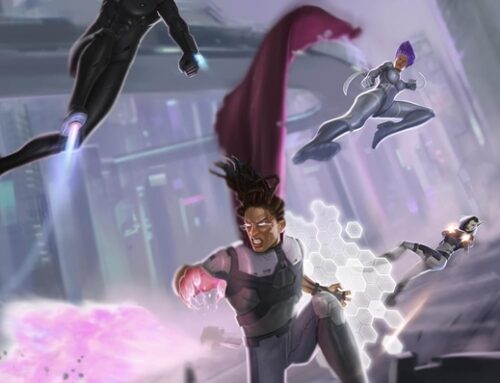

Leave A Comment